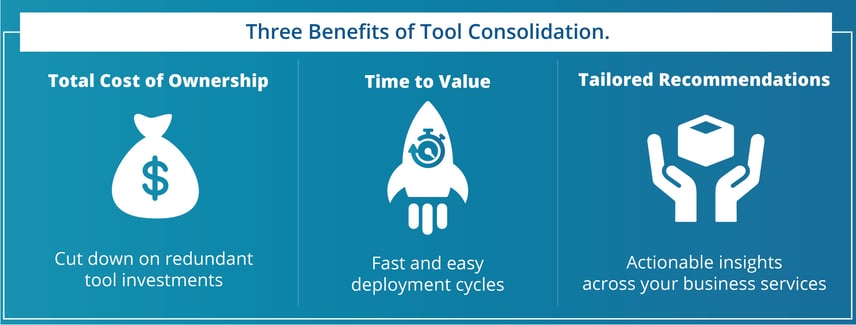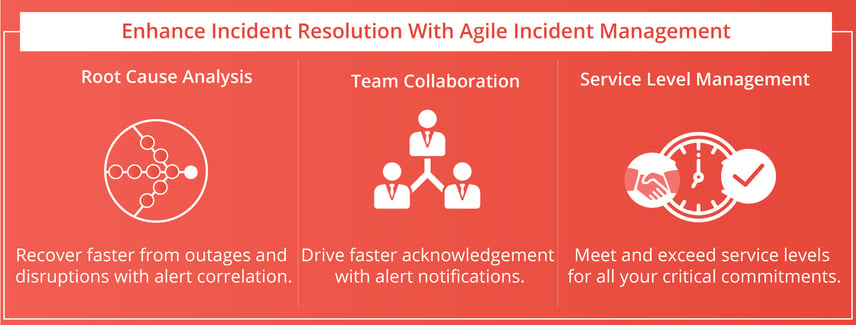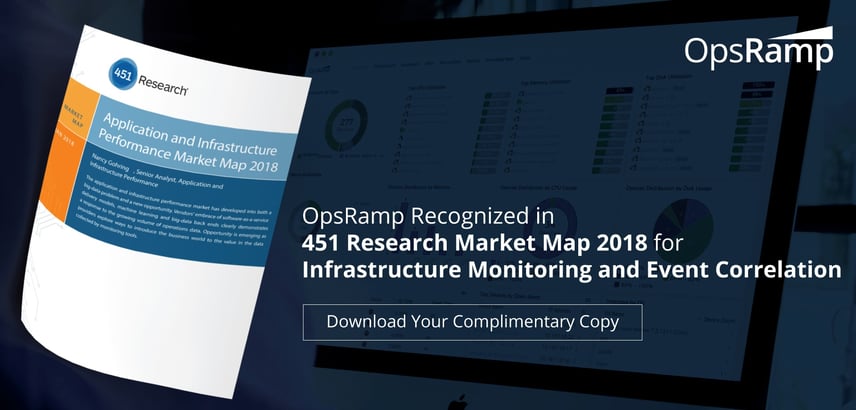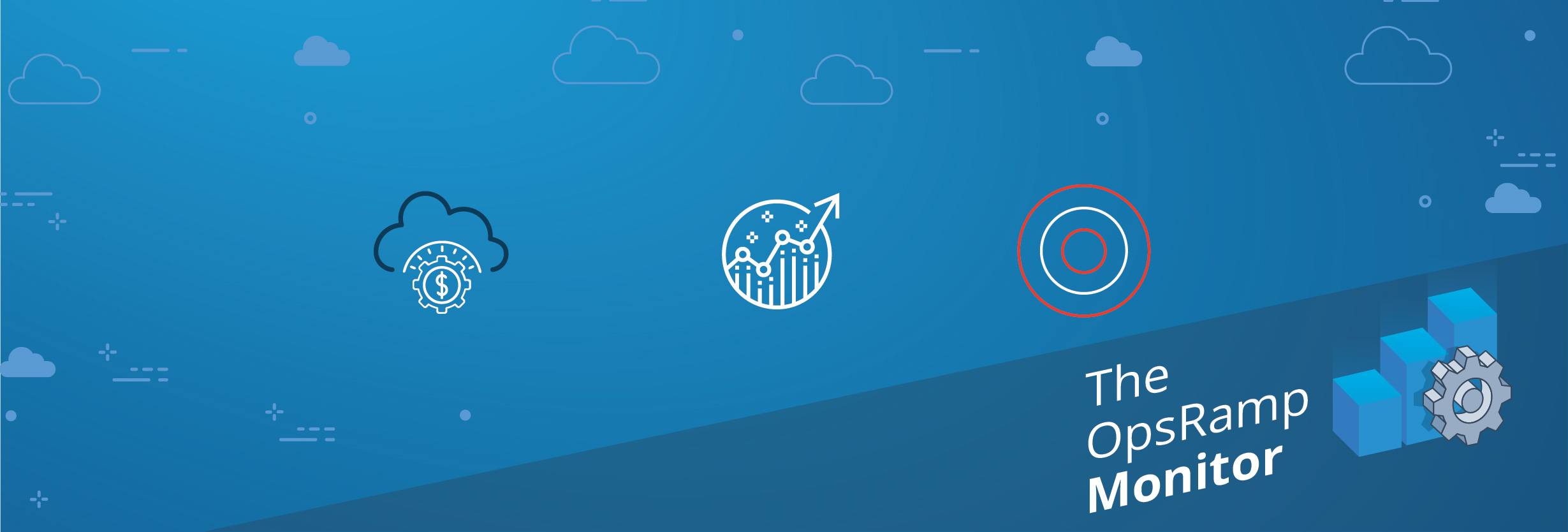“Digital Experience Monitoring (DEM) is a technology discipline for gathering intelligence about the health of IT services from the perspective of the end-user and in the context of an organization’s business objectives.”
- Bojan Simic, Digital Enterprise Journal, Digital Experience Monitoring – the Main Scoreboard for IT Transformation
Thanks to digital transformation, enterprises are creating new revenue streams, disrupting established business models, and unleashing greater innovation. Digital services combine apps and services with modern and legacy workloads for immersive end-user experiences. The digital economy places greater demands on IT Operations teams, who've traditionally focused on infrastructure management.
Ops teams are being asked to support, streamline, and enhance customer experiences for the new era of digital natives. Instead of dumping volumes of telemetry data on business users, how do IT teams present service-health metrics that quantify the business impact of an operational process?
To succeed at Digital Experience Monitoring, enterprises will need to embrace automation, use the right tools, work with the right event framework, and apply intelligence for effective digital operations.
#1 - Embrace Monitoring Automation For Effective Digital Experiences
“Digital business gives IT infrastructure and operations leaders a mandate to implement organization-wide automation.”
- Susan Moore, Smarter With Gartner, Automation: The Next Frontier for IT
Given the velocity at which enterprises are launching digital services, automation practices enable faster time to market, revenue growth, and competitive leadership:
- The State of DevOps Report shows high performing teams deployed 46 times more than low performers. High performers also spent 44% more time on new work and 21% less time on unplanned work.
- Continuous delivery is table stakes for technology leaders. Amazon deploys 23,000 times per day and Salesforce does 9,000 code changes every hour without compromising service resilience.
Monitoring automation helps you manage digital services at scale. Automated discovery enables rapid onboarding and management of your entire digital footprint while monitoring policies apply the right management framework for your digital services without human intervention.
#2 - Turbocharge Your Digital Innovation With The Right Tools
“How many monitoring tools is too many? The guidance I can provide is this: as few as you need to get the job done. If you have three tools to monitor your database and they all provide the same information, you should consider consolidating.”
-Mike Julian, Practical Monitoring: Effective Strategies for the Real World
Tool sprawl is a pressing problem, with different IT teams buying multiple tools for their specific silos. Too many monitoring solutions make it difficult to filter alarms across different tools and result in missing event context.
How many IT management tools do enterprises actually use day-to-day? Estimates vary but industry experts make a compelling case for tool consolidation:
- Gartner’s Market Guide for IT Infrastructure Monitoring Tools shows that IT teams use at least five or more monitoring products.
- An Enterprise Management Associates survey found that 65% of enterprises own more than ten monitoring tools. 50% of these monitoring tools end up as shelfware, with little usage post-sale.
- 451 Research’s Nancy Gohring has seen enterprises using fifty different monitoring solutions. Ironically, some of these are different instances of the same tool, managed by other IT groups!
Consolidate your tools into a modern service-oriented solution that delivers a business-oriented approach to IT monitoring and management. You'll reduce the total cost of ownership and time-to-deployment and deliver the right situational awareness and context for your digital services.

Figure 1 - Consolidate your IT management tools for better ROI and faster value.
#3 - Optimize Digital Services With Modern Incident Management
“IT incident management is a telling measure of how well the IT team functions, but generally goes without praise and recognition. Users often don't notice good work, but poor incident responses create outrage, angry email chains and a lot of questions for IT operations.”
- Adam Fowler, TechTarget, Simple steps to improve the IT incident management process
Despite all the tools, enterprises haven't been able to improve their incident response and restoration times. Here's how much time IT teams need to resume operations after an outage:
- EMA found IT teams require more than five hours to address 77% of application outages.
- Enterprises take 4.2 hours to recover from an outage. With fifteen unplanned disruptions per year, outages cost $16 million per year in lost revenues and productivity.
Intelligent incident management helps you make sense of alert floods, delivers the right event context, and notifies subject matter experts for rapid resolution. Achieve faster recovery by minimizing noisy alerts and enabling collaboration through real-time alert notifications.

Figure 2 - Drive proactive, operational visibility with event management.
#4 - Manage Your Digital Business Better With Big Data Insights
“Artificial Intelligence will have a profound impact on the IT industry...Enterprise IT deals with humongous data acquired from servers, operating systems, applications and users. These datasets can be used for creating ML models that assist system administrators, DevOps teams and IT support departments.”
- MSV Janakiram, Forbes, Artificial Intelligence Is Set To Change The Face Of IT Operations
IT operations is a data-intensive discipline. You can arrive at the right operational insights only after processing and analyzing volumes of IT management data. Your IT Operations platform should be able to handle vast data sets so that you can reduce guesswork, improve results, and enhance operational efficiencies.
Predict performance issues, identify probable triggers behind outages, and deliver transparency for digital services with big data insights. IT operations analytics helps you meet and exceed service levels and reduce operational costs with effective performance insights.
Conclusion
We recently launched Unified Service Intelligence, our solution for digital experience monitoring. Unified Service Intelligence aligns with the challenges and opportunities IT teams face in the brave new world of digital business. With Unified Service Intelligence, you'll be able to establish contextual visibility for your digital touch points and resolve issues promptly for optimal digital experiences.
451 Research’s recent Application and Infrastructure Performance Market Map shortlists OpsRamp as a representative vendor for performance monitoring. The Market Map highlights our capabilities in two distinct segments, infrastructure monitoring, and event correlation. Download the 451 report to learn how Unified Service Intelligence offers the right framework for digital experience monitoring.






